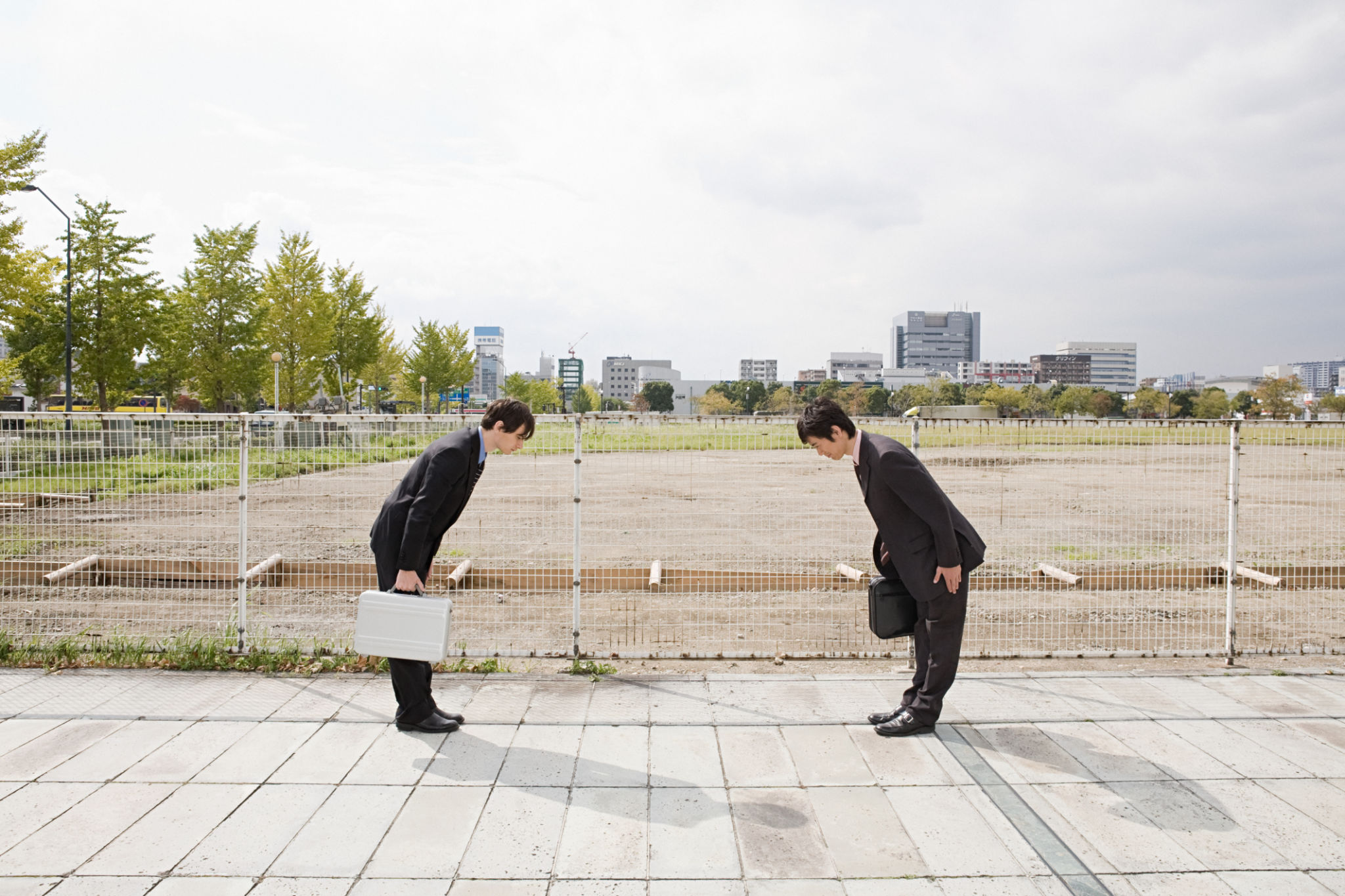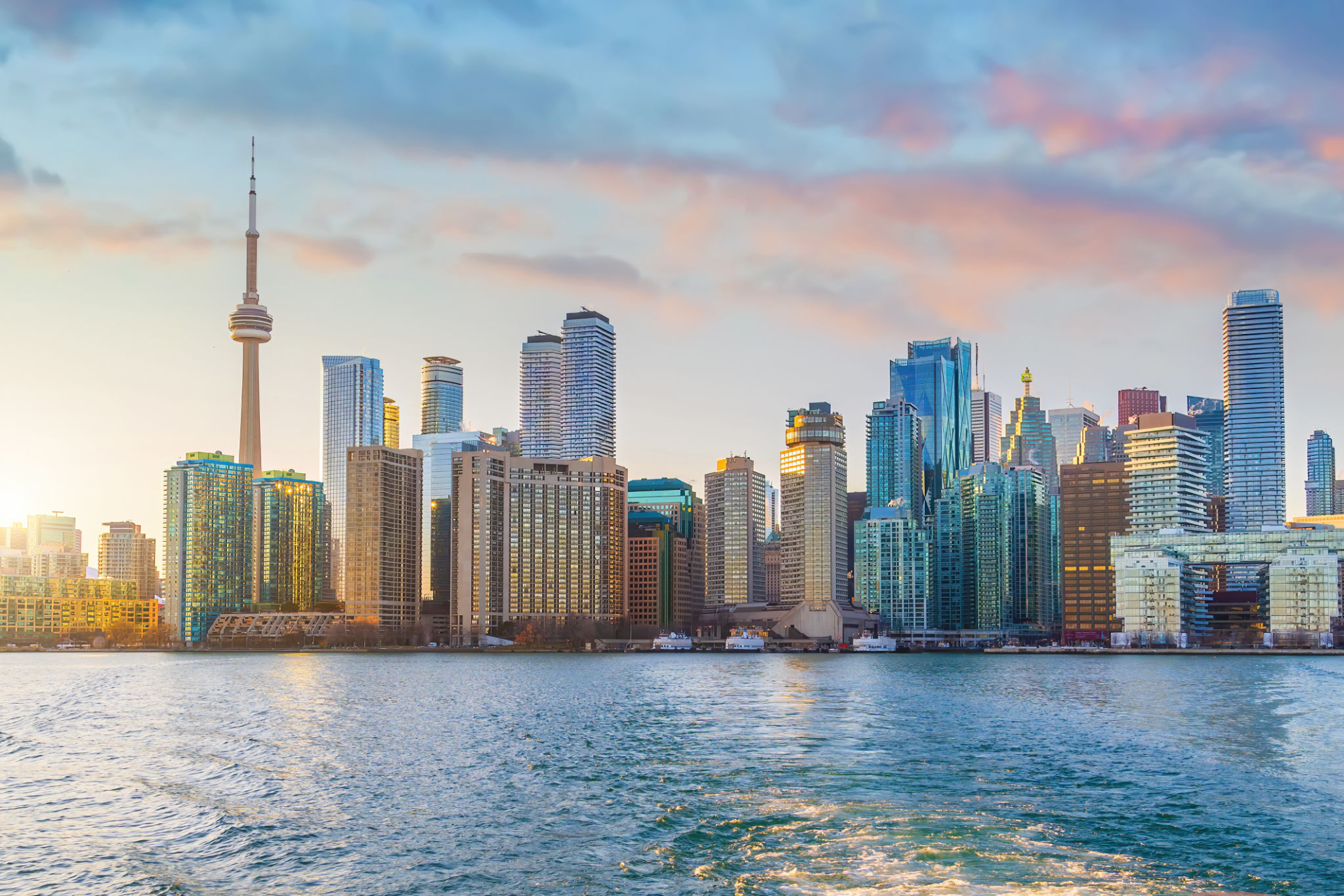How to Navigate Construction Regulations in Mexico City
Understanding the Basics of Construction Regulations
Construction regulations in Mexico City are designed to ensure safety, sustainability, and urban development harmony. As a bustling metropolis, the city has complex rules that govern construction activities. Understanding these regulations is crucial for any developer or contractor planning to undertake a project in the region.

Key Regulatory Bodies
Several governmental bodies oversee and enforce construction regulations in Mexico City. The primary agency is the Secretaría de Desarrollo Urbano y Vivienda (SEDUVI), which manages urban development and housing policies. Additionally, the Instituto de Verificación Administrativa (INVEA) ensures compliance with these regulations through inspections and enforcement actions.
Other important agencies include the Secretaría del Medio Ambiente (SEDEMA), which oversees environmental impact assessments, and the Instituto Nacional de Antropología e Historia (INAH), which protects historical sites and requires permits for construction near these areas.
Permits and Documentation
Securing the necessary permits is a critical step in any construction project. The types of permits required may vary depending on the project's size, location, and purpose. Generally, developers must obtain a construction license, environmental impact permit, and land use certificate. These documents ensure the project adheres to zoning laws and environmental standards.

Steps to Obtain Permits
The process of acquiring construction permits involves several steps:
- Submit project plans for approval to SEDUVI.
- Conduct an environmental impact assessment and submit it to SEDEMA.
- Obtain a land use certificate to ensure compliance with zoning laws.
- Receive final approval and secure the construction license.
Environmental Considerations
Environmental sustainability is a significant factor in Mexico City's construction regulations. Projects must comply with guidelines set forth by SEDEMA to minimize ecological impact. This includes measures for waste management, energy efficiency, and pollution control. Developers are encouraged to adopt green building practices to support the city's sustainability goals.

Addressing Historical and Cultural Concerns
Mexico City's rich history means that many areas are protected for their cultural significance. Construction near archaeological sites or historical landmarks requires special permits from INAH. Developers must conduct a thorough assessment to ensure their projects do not damage or compromise these valuable resources.
Navigating Challenges and Potential Pitfalls
While understanding the regulations is essential, navigating them can be challenging due to bureaucratic complexities and potential delays. Hiring a local consultant or legal expert familiar with Mexico City's construction landscape can be invaluable. They can help streamline processes, foresee potential issues, and ensure compliance with all legal requirements.
The Benefits of Compliance
Adhering to construction regulations not only avoids legal complications but also contributes to safer and more sustainable urban growth. Compliance fosters trust between developers, authorities, and the community, ultimately leading to successful project implementation and long-term benefits for the city's residents.

By understanding and navigating Mexico City's construction regulations effectively, developers can contribute positively to the city's dynamic growth while ensuring their projects meet both safety and sustainability standards.
